Chapter 31
Soil and Plant Nutrition
By Boundless
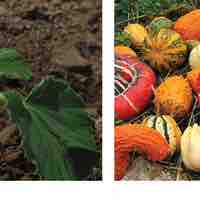
Plants meet their nutritional needs for growth by absorbing soil nutrients, water, and carbon dioxide, in addition to the required sunlight.
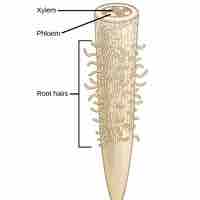
Plants are composed of water, carbon-containing organics, and non-carbon-containing inorganic substances such as potassium and nitrogen.
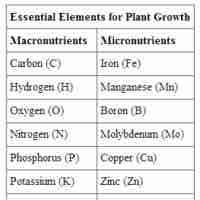
Approximately 20 macronutrients and micronutrients are deemed essential nutrients to support all the biochemical needs of plants.
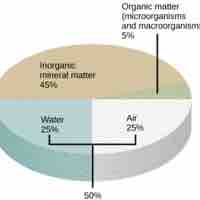
Soil is a mix of varying amounts of inorganic matter, organic matter, water, and air.
Soil formation is the result of a combination of five factors: parent material, climate, topography, biological factors, and time.
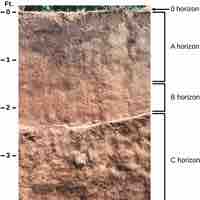
Soils are made up of combinations of four distinct layer types or horizons: O horizon, A horizon, B horizon, and C horizon.
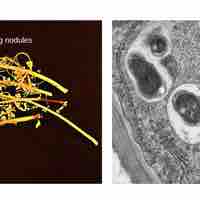
Plants cannot extract the necessary nitrogen from soil, so they form symbiotic relationships with rhizobia that can fix it as ammonia.

Many plants form associations called mycorrhizae with fungi that give them access to nutrients in the soil, protecting against disease and toxicities.

Many species of plants are unable to make their food via photosynthesis and must acquire nutrients in a variety of additional ways.